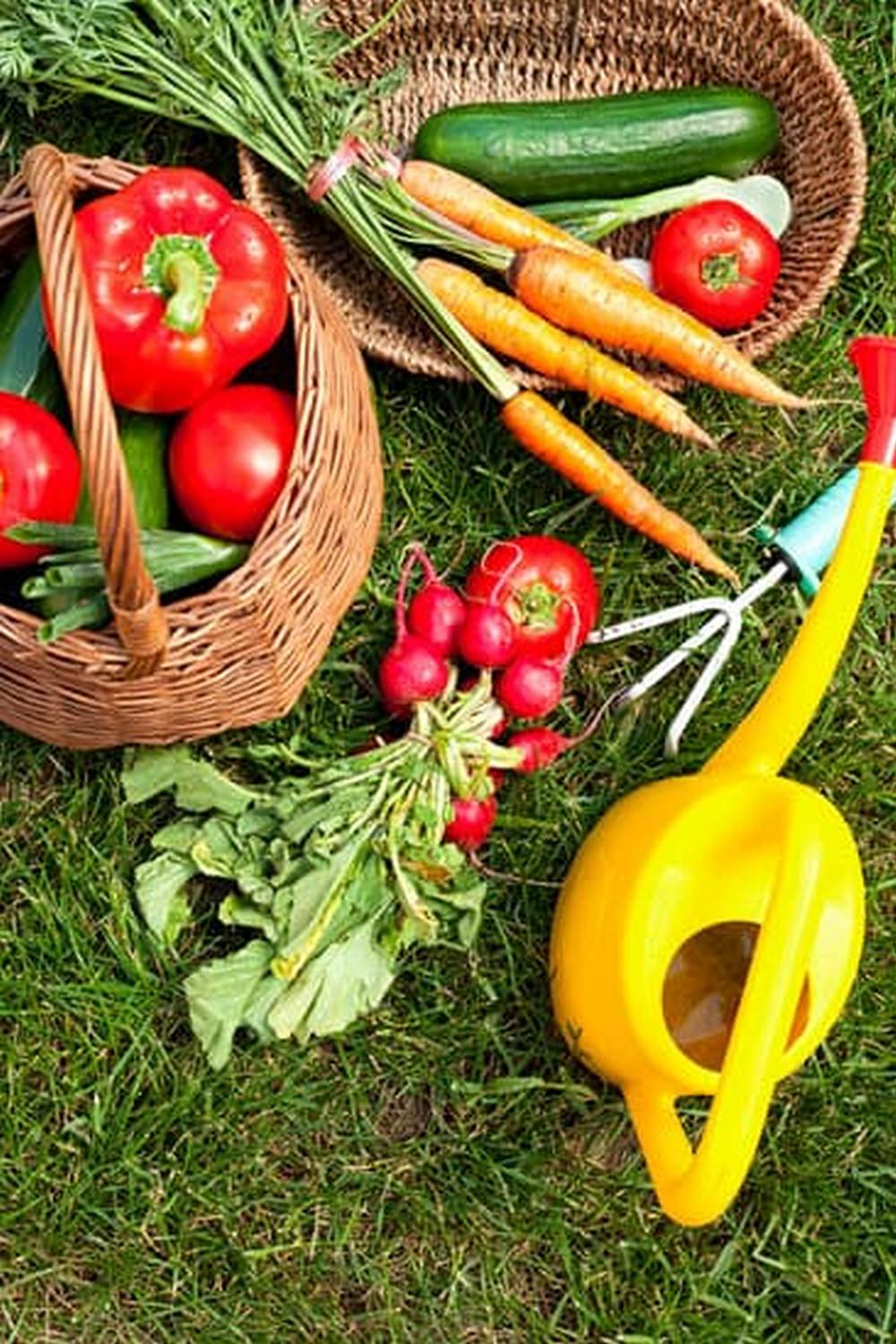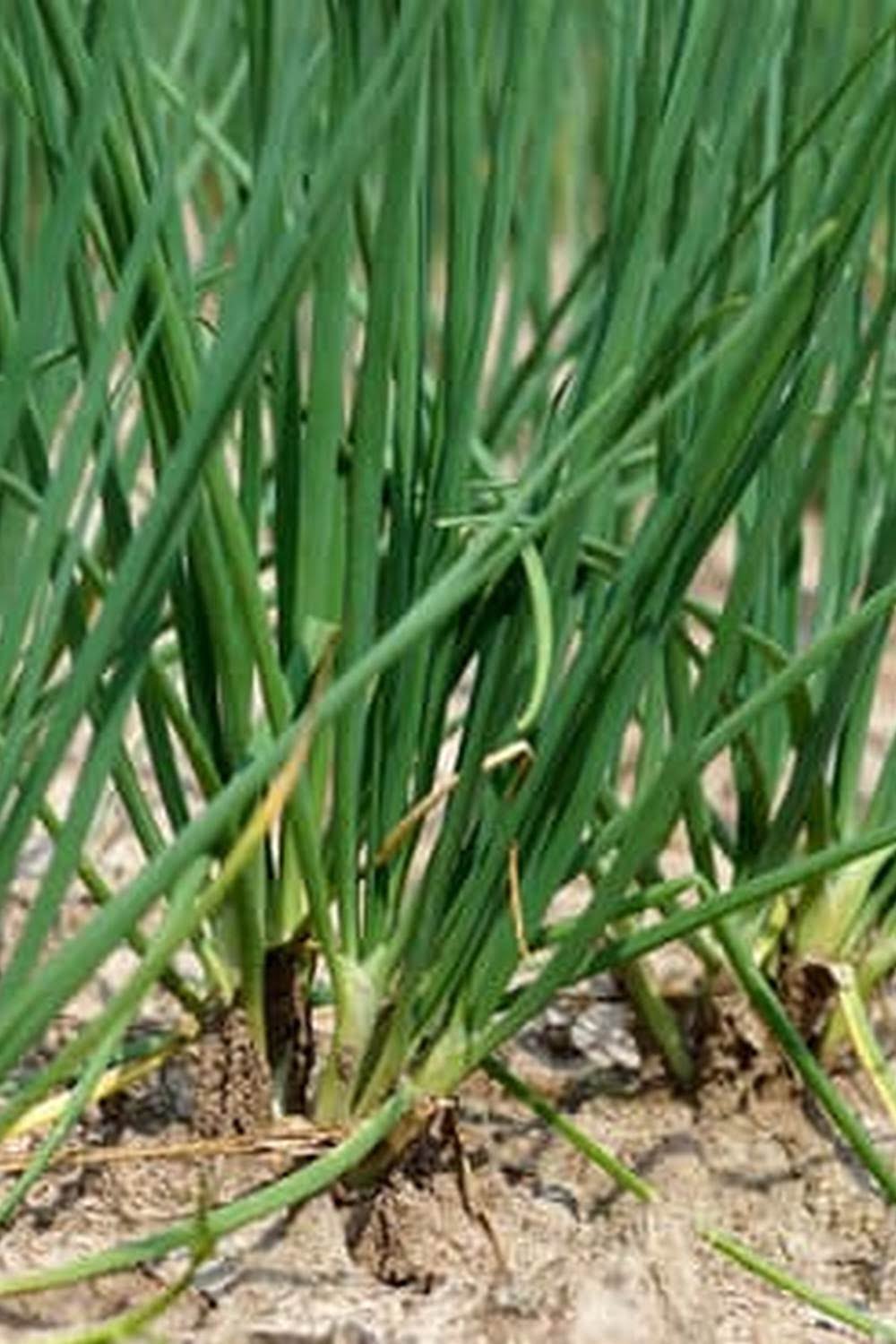Are you interested in maximizing your vegetable garden’s potential while promoting healthier and more abundant crops? Companion gardening vegetables layout offers an organic and sustainable solution to achieve just that. This article will guide you through the concept of companion gardening, its benefits for growing vegetables together in a layout, and provide valuable tips for planning and maintaining a successful garden.
Companion gardening involves planting different types of vegetables together in a way that increases their chances of mutual success. The concept is rooted in the idea that certain plants can benefit one another by deterring pests, improving soil health, or enhancing flavors, ultimately leading to higher yields and healthier produce. By carefully planning a companion gardening vegetables layout, you can create a harmonious environment where each plant contributes to the overall well-being of the garden.
In this article, we will explore the essential elements of companion gardening, including tips for planning your vegetable garden, selecting complementary vegetables, incorporating square foot gardening techniques, designing your garden layout for optimal growing conditions, utilizing natural pest control methods, implementing succession planting strategies to ensure continuous harvest, and providing proper maintenance and care for a thriving garden.
So whether you’re new to gardening or looking to increase the productivity of your existing vegetable patch, this guide has everything you need to know about companion gardening with vegetables.
Planning Your Vegetable Garden
When planning a companion gardening vegetables layout, it is essential to consider the compatibility of plants and how they can benefit each other. Some vegetables work well together, providing natural pest control or improving soil fertility. For example, planting basil with tomatoes can enhance the flavor of the tomatoes and repel pests that commonly affect tomato plants.
Another important consideration when planning your vegetable garden layout is space management. Certain vegetables require more space to spread out, while others can be grown closer together without competing for resources. Understanding the space requirements of each plant will help you maximize your garden plot and achieve a bountiful harvest.
In addition to plant compatibility and space management, it is important to consider the growth habits and water needs of different vegetables when designing your garden layout. Some plants may thrive in partial shade, while others require full sun. By carefully planning the placement of each vegetable in your garden, you can create optimal growing conditions for all your plants.
| Companion Plant | Benefit |
|---|---|
| Basil with Tomatoes | Enhances flavor of tomatoes, repels pests |
| Carrots with Onions | Carrots repel onion flies, onions repel carrot flies |
| Corn with Beans | Corn provides support for beans, beans fix nitrogen in the soil |
Choosing Complementary Vegetables
When planning your companion gardening vegetables layout, it’s important to consider the concept of plant companionship and the benefits that come with planting certain vegetables together. Certain plants complement each other by deterring pests, improving nutrient uptake, and providing shade or support. By choosing complementary vegetables for your garden, you can create a thriving ecosystem that supports the growth of each plant while maximizing space and yield.
One classic example of companion planting is the “Three Sisters” method used by Native American tribes, which involves planting corn, beans, and squash together. The corn provides a structure for the beans to climb, while the beans replenish nitrogen in the soil that is essential for corn growth.
The squash serves as a natural mulch by spreading its large leaves to retain moisture and suppress weeds. This interplanting technique demonstrates how certain vegetable combinations work harmoniously together in a garden setting.
When selecting complementary vegetables for your garden layout, consider factors such as height, root depth, and nutrient needs. For example, tall-growing plants like tomatoes can provide shade for shorter crops such as lettuce or spinach. Additionally, some plants release chemicals into the soil that may inhibit the growth of certain pests or diseases. For instance, planting aromatic herbs like basil or rosemary near tomatoes can help repel insects that commonly affect tomato plants.
| Complementary Vegetables | Benefits |
|---|---|
| Tomatoes + Basil | Basil repels insects harmful to tomatoes |
| Carrots + Onions | The smell of onions deters carrot flies |
| Cucumbers + Peas | Peas fix nitrogen in soil benefiting cucumbers |
By incorporating these companion vegetable combinations into your garden layout, you can create a balanced and mutually beneficial environment where each plant contributes to the success of the others. When making your selections, it’s essential to also take into account crop rotation practices and planting schedules to ensure continuous health and productivity in your companion gardening vegetables layout.
Square Foot Gardening
When it comes to growing vegetables in a limited space, square foot gardening is an excellent method to consider. This approach maximizes the yield of a small garden by using a simple, efficient layout. By dividing the growing area into small square sections, gardeners can strategically plant different vegetables together to make the most of their available space. Here are some key tips for applying the square foot gardening method to your companion gardening vegetables layout:
- Plan your layout: Before you start planting, sketch out your garden’s design and determine which vegetables will be planted in each square foot section.
- Utilize vertical space: Consider using trellises or cages to grow vining plants, such as tomatoes or cucumbers, upwards rather than spreading them out horizontally.
- Maximize crop rotation: With limited space, it’s essential to plan for crop rotation within your square foot layout to maintain soil health and prevent nutrient depletion.
Furthermore, when designing your companion gardening vegetables layout with the square foot gardening method in mind, it’s important to consider the specific needs and growth habits of each vegetable. Some plants may have different spacing requirements or shade preferences, so careful planning is essential to ensure harmonious coexistence within the same growing area.
In addition to maximizing yield in a limited space, square foot gardening with companion planting can also help improve soil health and deter pests through plant diversity. With proper care and attention, a well-planned companion gardening vegetables layout using the square foot gardening method can lead to an abundant harvest of fresh produce throughout the growing season.
Designing Your Garden Layout
When it comes to designing your vegetable garden layout for companion gardening, there are several important factors to consider. By strategically planning and organizing your garden, you can maximize the benefits of companion planting and create optimal growing conditions for each plant. Here are some step-by-step guidelines for designing and laying out your vegetable garden for companion gardening:
1. Assess Your Space: Before you start planting, take a careful look at your available space. Consider the size and shape of your garden area, as well as any existing structures or features that may affect plant placement.
2. Consider Plant Compatibility: Take into account the compatibility of different vegetables when planning their layout. Some vegetables thrive when planted together, while others may compete for resources or attract pests. Refer to a companion gardening chart to determine which plants complement each other well.
3. Create Plant Groupings: Organize your plants into groupings based on their compatibility and growth habits. This can help optimize space and make it easier to implement companion planting practices within your garden layout.
4. Provide Optimal Growing Conditions: Pay attention to the sunlight, water, and soil requirements of each plant when arranging them in your layout. Be mindful of how taller plants may shade shorter ones, and plan accordingly to ensure that all plants receive adequate light and moisture.
By following these steps, you can design a well-organized and efficient vegetable garden layout that takes full advantage of the benefits of companion gardening. With thoughtful planning and careful consideration of plant compatibility, you can create an environment where your vegetables can thrive together harmoniously.
Natural Pest Control
Understanding the Role of Companion Planting
Companion planting can be a valuable tool for controlling pests in your vegetable garden. By strategically pairing plants that have natural pest-repellent properties with those that are susceptible to pests, you can create a more balanced and pest-resistant ecosystem in your garden.
Additionally, some plants can attract beneficial insects that serve as natural predators to common garden pests. Understanding the role of companion planting in natural pest control is essential for maximizing the health and yield of your vegetable garden.
Plants That Repel Pests
Certain vegetables have natural properties that repel pests, making them excellent companions for other susceptible plants. For example, planting aromatic herbs like basil, mint, or sage alongside susceptible vegetables such as tomatoes or peppers can help deter pests like aphids, spider mites, and hornworms.
Similarly, strong-smelling plants like garlic and onions can repel pests when planted near carrots or lettuce. By incorporating these pest-repelling plants into your companion gardening vegetables layout, you can help protect your crops from common garden pests without the need for chemical pesticides.
Attracting Beneficial Insects
In addition to using companion plants to repel pests, you can also attract beneficial insects that naturally prey on common garden pests. Plants such as dill, fennel, and marigolds are known for attracting ladybugs, lacewings, and parasitic wasps – all of which feed on destructive garden pests like aphids and caterpillars.
By integrating these insect-attracting plants into your vegetable garden layout, you can create a more diverse and balanced ecosystem that promotes natural pest control. This reduces the need for chemical interventions and fosters a healthier environment for your vegetable crops.
By leveraging the principles of companion gardening for natural pest control, you can minimize the impact of harmful insects on your vegetable garden while promoting a harmonious relationship between different plant species. Incorporating pest-repelling and insect-attracting plants into your companion gardening vegetables layout not only helps protect your crops but also contributes to a more sustainable and environmentally friendly approach to gardening.
Succession Planting
Benefits of Succession Planting
One of the main benefits of succession planting in a companion gardening vegetables layout is the ability to maximize the yield from limited space. By quickly replanting harvested areas with new crops, gardeners can make use of every available inch of their garden without leaving any bare soil. This continual planting also helps to prevent weed growth and soil erosion, as the growing plants provide ground cover and shade.
Another advantage of succession planting is the ability to stagger maturity dates for different crops. This allows for a steady supply of fresh produce instead of having a single large harvest followed by a long period without any homegrown vegetables. Additionally, succession planting can help extend the growing season by taking advantage of favorable conditions at different times during the year.
Implementing Succession Planting
To effectively implement succession planting in a companion gardening vegetables layout, it’s important to plan out the timing and rotation of crops. Consider the maturity dates of each vegetable variety and plan to sow seeds or transplant seedlings as soon as one crop is harvested. This will ensure that new plants are ready to take over once others have been removed from the garden.
Crop rotation is also crucial in succession planting to prevent soil depletion and disease buildup. By rotating different groups of vegetables in designated areas each year, gardeners can maintain balanced levels of nutrients in the soil while minimizing pest and disease issues. The key is to avoid planting similar crops in the same area successively, as this can lead to nutrient deficiencies and increased susceptibility to pests and diseases.
Maintenance and Care
In conclusion, companion gardening is a highly rewarding and beneficial way to grow vegetables in a layout that maximizes plant compatibility and space efficiency. By planning and designing your garden with the principles of companion planting in mind, you can create an ecosystem that supports the health and growth of your vegetables while naturally managing pests and promoting biodiversity.
When it comes to maintenance and care, there are several essential tips to keep in mind for ensuring the success of your companion gardening vegetables layout.
First and foremost, proper watering is crucial for the health of your plants. Different vegetables have different water needs, so it’s important to research their specific requirements and water accordingly. Mulching can also be incredibly beneficial in retaining moisture, suppressing weeds, and adding nutrients to the soil as it breaks down over time. Additionally, fertilization should be done with organic matter or natural fertilizers to avoid harmful chemical buildup in the soil.
In addition to these maintenance tasks, regular monitoring for pest infestations and diseases is necessary for maintaining a healthy companion gardening vegetables layout. By being attentive to any signs of trouble early on, you can take proactive measures to address issues before they become detrimental to your plants. Overall, with proper maintenance and care, a well-planned companion gardening vegetables layout has the potential to yield a bountiful harvest while fostering a thriving ecosystem within your garden.
Frequently Asked Questions
What Is a Good Layout for a Vegetable Garden?
A good layout for a vegetable garden typically includes separate beds for different types of vegetables, with pathways in between for easy access and maintenance. It’s important to consider sunlight, water access, and the eventual size of the plants when planning the layout.
How Do You Layout a Companion Plant?
When laying out companion plants in a garden, it’s essential to consider the mutually beneficial relationships between certain plants. For example, planting basil near tomatoes can help deter pests, while marigolds can be planted among vegetables to deter nematodes.
How Should I Arrange My Vegetable Garden?
When arranging a vegetable garden, it’s helpful to group plants with similar needs together, such as those that require more water or shade. Consider the potential height of the mature plants and ensure they won’t shade each other. Also, rotating crops each season can help maintain soil health and prevent disease.

If you’re looking to get into vegetable gardening, or are just looking for some tips on how to make your current garden better, then you’ve come to the right place! My name is Ethel and I have been gardening for years. In this blog, I’m going to share with you some of my best tips on how to create a successful vegetable garden.





